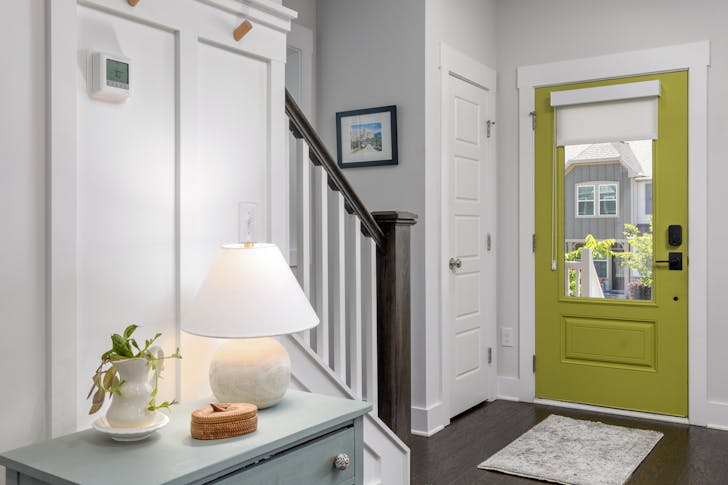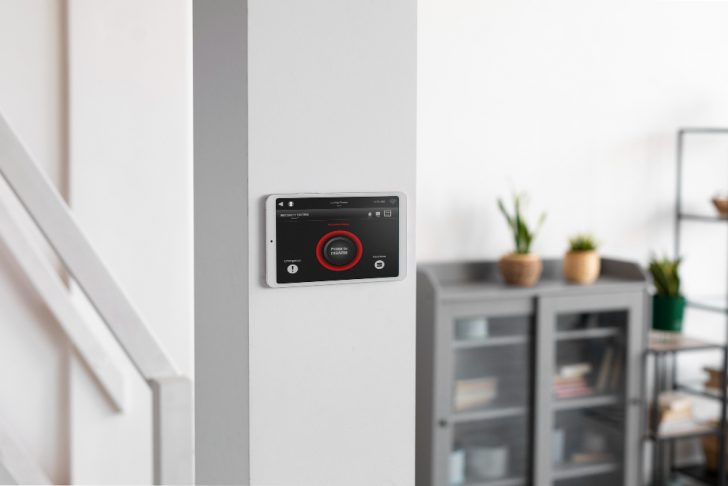The Top 5 Smart Thermostat Tips for the Summer
Your thermostat can be your best friend or your worst enemy during summer. Use it right, and you will stay cool without burning through your wallet. Use it wrong, and you are just paying to sweat.
Here’s how to make your smart thermostat work for you, not against you:
Set Your Thermostat to 76–78°F When You Are Home
The thermostat is your front line for keeping cool. Setting it to 76–78°F hits the sweet spot for comfort and energy savings. It keeps you chill without making your AC run overtime.
If you can handle it, bump it up to 80°F and crack a window on breezy days. Just close the windows when it hits 80°F outside or higher, or your system will struggle.

Adams / Pexels / Some cities have rules about minimum cooling levels. So, before you get too bold with the temp, check your local laws.
Start with 76–78°F. That is the baseline for balance.
Use 82–85°F Settings When Sleeping
Your thermostat doesn’t need to keep blasting cool air when no one is home. Or when you are asleep under a fan. Set it between 82–85°F during those times. You will save power without sacrificing comfort.
Lighter bedding helps at night, and pets can usually handle these temperatures fine. Just don’t forget about their comfort. If you have lizards, plants, or fish, consider them before cranking the heat.
Use Vacation Mode
If you are heading out of town, use your thermostat’s Vacation Mode. It has one tap, and it shifts the cooling to match an empty home. Depending on what you are leaving behind, you can either set it to a higher temperature or turn the cooling off completely.
Got pets or plants? Keep the temp reasonable so nothing wilts or bakes. Nest users can also use “Add Event” to set custom temps for specific dates. This beats leaving the AC running for days or forgetting to change the settings until you are back, sweating in the hallway.
Let the Thermostat Learn
Eco Mode is where your smart thermostat flexes its muscles. Options like Ecobee’s Eco+ or Nest’s Green Leaf use your habits, the time of day, and peak energy rates to adjust your cooling. That means your thermostat learns when you are around and when to chill out.

Freepik / The Eco Mode of your thermostat helps you save without noticing much change. Over time, you will see the power bill shrink.
It is easy to forget about this setting, but turning it on once and letting it run can make a big difference.
Move Satellite Sensors to the Right Rooms
Smart thermostats often come with extra sensors. These tell your system which rooms to focus on. If they are stuck in a hallway or an already cool room, your thermostat might be wasting energy.
Put the sensors where you spend the most time, like the living room or kitchen. This way, the AC cools the right areas and doesn’t overwork to chill spots that don’t matter. Check the app to see where sensors are active, then adjust.
Most smart thermostats can connect to your phone. This feature, called geofencing, tells your thermostat when you are coming or going. It adjusts the temperature automatically, which means no more walking into a sauna or cooling an empty house.
Also, don’t skip reading up on your local cooling laws. Some places have legal requirements to protect renters or pets from overheating. Make sure your energy savings don’t cross the line.